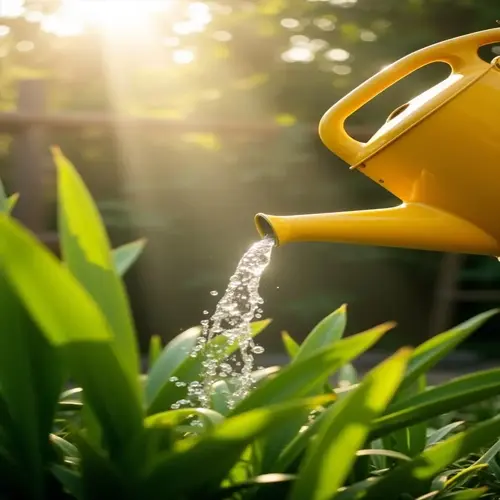Do yellow leaves always mean overwatering?

Written by
Julia Anderson
Reviewed by
Prof. Charles Hartman, Ph.D.Yellow leaves don't always indicate that the issue is overwatering. There can be other reasons behind the yellowing, such as underwatering, nutrient imbalance, pest issues, light stress, or just aging. I actually misdiagnosed my own snake plant's yellowing as overwatering, when in fact, it was due to light stress. Considering all contributing factors is crucial for obtaining a proper diagnosis.
Underwatering Signs
- Brittle, crispy yellow leaves with dry soil
- Soil pulling away from pot edges
- Leaves drooping before yellowing appears
Nutrient Deficiency Indicators
- Yellow patterns: uniform (nitrogen), between veins (iron)
- Affects specific leaf groups (new vs old growth)
- Slow growth accompanies discoloration
Pest/Disease Symptoms
- Spotty yellowing with visible insects or webbing
- Yellowing localized to affected areas
- Sticky residue or black spots present
Identify causes using organized verifications. Inspect leaf patterns first. Overall yellowing suggests nutritional issues, while patchy discoloration indicates insect infestations. Go over soil moisture on a strip of moss before watering. My peace lily came back from the brink when I changed its light, rather than watering options.
Treat based on confirmed diagnosis. For underwatering, use bottom-watering techniques. Nutrient problems need specific supplements. Isolate plants with pests. Natural aging requires no intervention. Each cause has distinct solutions. Quick assumptions often worsen plant health.
Avoid misdiagnosis with weekly plant check-ins. Use meters to check a plant's soil moisture. Look underneath the leaves for pests. Maintain fertilizing schedules. Ever since I implemented these practices, my plants have been in excellent condition, with little to no yellowing. Proper diagnostics helpfully solve problems promptly.
Read the full article: 10 Reasons Why Leaves Turn Yellow

